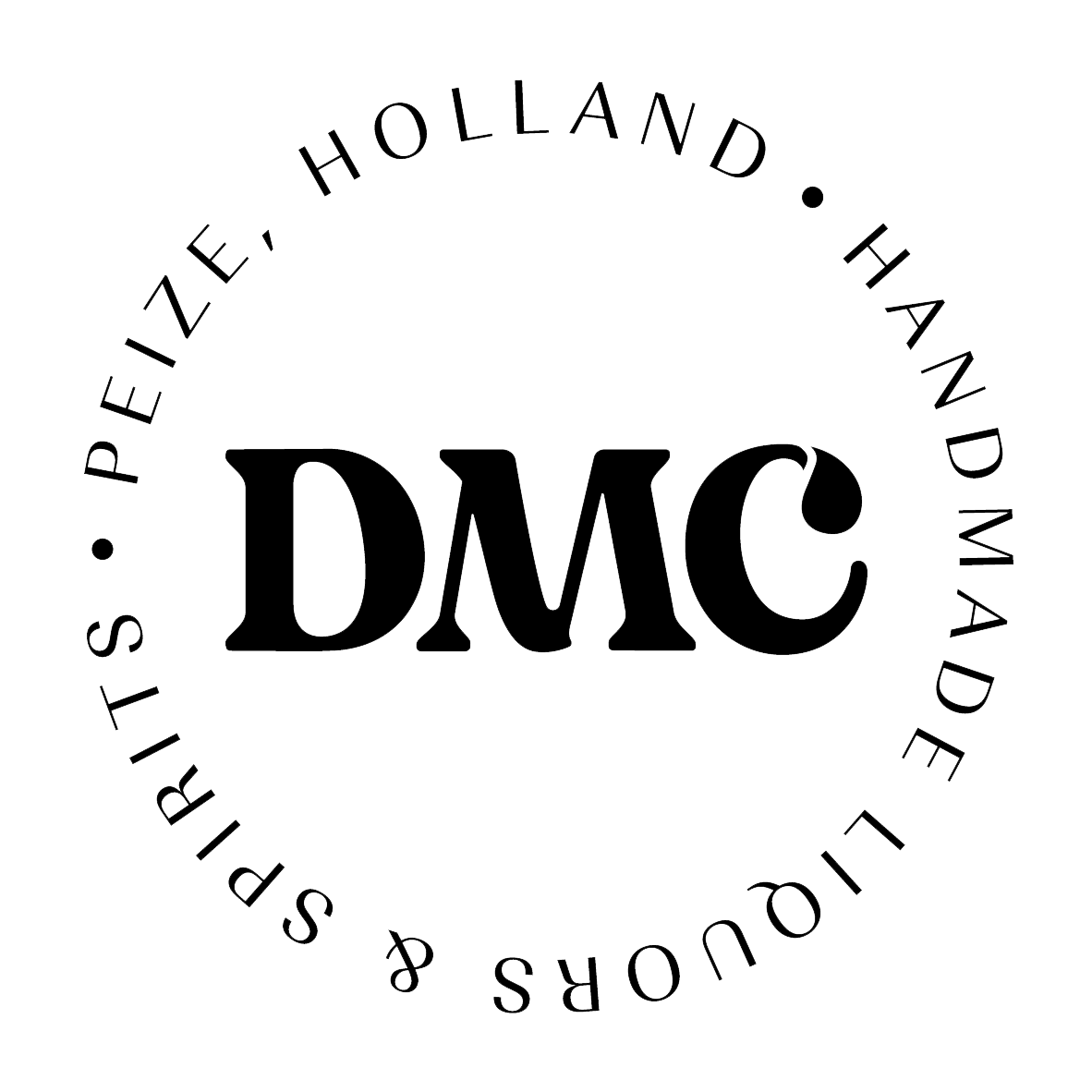Content
With construction companies, production generally occurs on project sites rather than in a single fixed location. Workers and equipment move from site to site, so firms must be able to account for the costs of construction bookkeeping travel and moving and installing equipment. The following steps can help you get your construction accounting started on the right foot and help you stay on top of your bookkeeping and financial management.
While it’s possible to manage your construction accounting on your own, owning a construction company comes with many complexities that may lead to you making costly accounting errors. Under the completed contract method, contract revenue recognition doesn’t occur until the project is complete. Accounting is an essential part of running a successful construction business. However, managing your business finances correctly doesn’t always come naturally—especially if you’re not much of a numbers person. What’s more, accounting for construction company finances has some unique challenges compared to other types of businesses.
Job cost report
Job costing helps stay on top of the numerous variables of running a project-centered, decentralized business. Revenue recognition and retainage practices track with long-term contracts paid over time. Of course, the ASC 606 rule provides many other important standards for contractors to follow. That includes identifying whether they need to count a project as one contract or multiple contracts, how to determine the contract price, and how to allocate the sales. It also entails changes to accounting for contract losses, stored materials and cost-to-cost calculations. As with using cash accounting or methods like PCM and CCM, contractors need to consult with their construction CPA to make sure they’re on track.
This information can then be used to set prices for future jobs and help make decisions about whether a project is worth undertaking. Construction accounting is a specialized form of accounting that helps contractors track, manage, and report their financial data more accurately than standard accounting. Standard accounting is great for many businesses, but most construction firms need something more robust. Most everyone in construction uses POs, which means that it’s important to maintain a simple and organized construction purchase order system. Some companies use construction accounting software to create purchase orders, record approvals, and track when materials were delivered and paid for in full. In addition to making construction purchase orders more organized, this means that you can cut down on paper waste and eliminate the problem of losing paper purchase orders.
Jonas Enterprise Named Best Construction Management Software of 2020 by Digital.com
These costs have to be looked at with each job site so that the correct figures are used. Contractors have too many transactions across too many projects to keep track of everything manually. The final issue with construction accounting that doesn’t affect regular accounting is that contractor job requirements change more often than not. In fact, there could be multiple change orders during a project that affect the scope drastically each time. The most significant difference between construction and regular accounting is that contractors must track their finances separately for each project. The cash method is typically easier to implement, but it’s better at tracking your cash flow than your actual business profits.
Our guide to W-2 vs 1099 workers discusses the differences between classifications in detail. Construction companies can also face many payroll reporting requirements, even if they don’t have to file certified payroll. These can include union reports, workers’ compensation, new hire reporting, and equal employment opportunity minority compliance.
Estimate job costing as accurately as possible
These include using time tracking solutions with geofencing, classifying workers correctly, selecting the right payroll provider, and backing up records digitally. Applying best practices for construction accounting can deliver benefits across the entire business. Accurate job costing, for example, can help businesses see where they’re making or losing money and react quickly before profitability is negatively impacted.
- In other words, costs during the in-service stage that extend the existing service potential of the long-lived asset or replace significant components of the long-lived asset should be capitalized.
- Reductions in the recorded value of an option should be charged to expense.
- Together with your team, a consultant can work to develop an action plan to meet your specific pain points and goals based on the type of contracts you’re working on.
- WIP reporting is also important for overbilling and underbilling purposes.
- More than 8,000 clients across the globe rely on Trimble Viewpoint solutions to manage their construction operations; half of whom have grown with us for a decade or longer.
40% of CFOs confirm that reporting demands have increased and the reliable insight into financial health and performance becomes a top priority. In this case, COA becomes a hub of financial data pulled from across the company. Cost of Goods Sold makes up a large part of construction contractors’ expenses. Your COA helps to track these expenses and to keep them separate from operating expenses which is key for estimating job profitability. Unlike overhead expenses, operating expenses result from the normal operations of your construction or service business. Any expense that keeps the business running, beyond direct materials and labor, falls into this group.
Completed contract method
It is important that use of such a threshold does not have a material effect on the financial statements. Management should consider the amount and types of costs expected to be incurred to evaluate the impact of using such a threshold. Materiality should be assessed on both a qualitative and quantitative basis.
These include materials, the physical things the construction business will need to purchase to complete the job. These items are consumables, and most will be used up at the end of the project. For a company to be successful, the owners must have a good idea of the amount of labor, materials and time they spend on jobs, so they can create a successful bid and win jobs. If a company doesn’t have records to provide that kind of information, they can lose out on bids – or worse, win a bid only to find that the job is far more expensive than what they’re being paid. This means you’ll have separate COGS accounts in your chart of accounts for material, labor, labor burden, subcontractors, and other costs.



